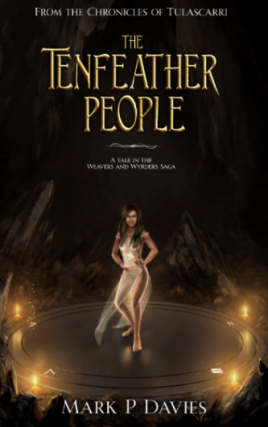Sole Exposed
A light drizzle began as I took my first steps on the dirt road of the little resort, coloring the sand just enough so that when I looked back I could see the prints of my bare feet highlighted in the soft sand. I was alone, save for the birds and the occasional buck grazing nonchalantly on the succulent leaves of summer.
Spending time in nature, away from the mod-cons of our everyday lives affords opportunities for introspection and contemplation. I focused on my breathing, the joy of being away from the city, and the healing energies found in nature. I had recently had surgery on my left foot, and was looking forward to rehabilitating it to full function. This meant I needed to exercise, and I set a slow but rhythmic pace, being wary of where I stepped.
As I savoured the soft, almost beach-like sand under my soles, it occurred to me that the only footprints that were bare footprints — for there were others — were mine, and those of children. And I began to wonder why …
Why, when it is a commonly held belief that bare feet are just far more comfortable than shoes, do more people not avail themselves of the enjoyment of feeling the earth under their soles? Why is it that barefooters — those who prefer a barefoot lifestyle — are limited to a handful of people?
I am not a lover of shoes, and I believe they are largely unnecessary. Like clothing they serve a function, and, as with clothing, I prefer to discard them when that function does not exist. I wondered why, when most modern surfaces, especially in public places like malls, are smooth and generally devoid of texture, do we as humans feel the need to cover our feet? I believe medical science has strong evidence to demonstrate that shoes can be hazardous, and I have yet to meet anybody who can deliver a convincing argument that shoes are more comfortable than bare feet.
With the exception of needing to protect the body from harm, is the need for shoes perhaps a psychological one? Could it be argued that this need may even be an addiction? Should shoeboxes come with a warning label like you find on cigarette boxes? “Caution: wearing shoes could be dangerous to your health. May cause bunions, ingrown toenails, musculo-skeletal imbalances, lower back and joint pain…” and there would be hideous pictures pasted on the boxes showing grotesque deformities, gangrenous toes, and so on.
The road made a gentle curve, and the surface changed from soft powdery sand to compacted soil. Here and there were muddy spots, and the shoulder prickled with small angular stones. I needed to be more careful to protect my tender feet in their still- vulnerable state, and in that moment I realized that the vulnerability of a sole is akin to the vulnerability of a soul.
We have clothes to protect the corporeal, but with what does one clothe or protect the soul, the spirit, the innermost being — that silent, sensitive, and often neglected part deep inside of us that knows only the solitude of our own thoughts and contemplations?
More often than not, such protection comes through life’s knocks. Through experience we develop a “thick skin”; we become calloused against things that assail our innocence. As children we start out exploring the world, delighting in the textures we find, until we experience pain and learn to avoid certain terrain, develop callouses or protect our feet against it. The road called life is much the same, and there we all too quickly find pain.
And who is more sensitive to the pain of another than a mother? A mother, particularly, is biologically programmed to protect her children and care for them. Hers it is to ensure the survival of the species. Her neurochemistry is infused with the genetic fear of their death, and it is toughest for mothers to let go. She teaches her children to conform, to put on shoes, to wear make-up and hair styles and fashion because by doing this they will fit in, they will be accepted and with every human’s need to belong, the drive to conform allows society to take over where mothers leave off.
But society’s conditioning is not at the heart of people’s fear to go barefoot.
To be barefoot in an environment where all else are shod is like being naked where all else are clothed. We feel exposed, vulnerable, an innocence and naiveté suddenly confronted by overwhelming callouses. Whilst we may clothe the body against the elements, we are novices at providing similar protection for our openness as souls.
It takes a lot of courage to go barefoot when all around you expect or even enforce the wearing of shoes not only because of exposing our vulnerability but because society demands conformity. To some people this is just too overwhelming, and whilst they may even yearn to shed their shoes, the prospects of being ostracized, or singled out, or branded as some variation of deviant is too much to bear.
It takes a lot of courage to journey through life, where our innermost being is naked and barefoot, and find your own path, find your own truth in a society where everybody just wants to blend in.
With the earth crunching softly under my soles I finished my walk. I could feel the rehabilitation working — my soles were stinging, but that’s just a “t” away from singing because they had tasted the earth and the earth had touched them with a kiss so sublime that shoemakers would have us believe it’s an illusion.
My feet were growing stronger, my soles were becoming more resilient, and with the understanding borne of my contemplations, I knew my soul was slightly less assailable.





